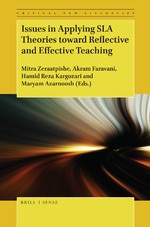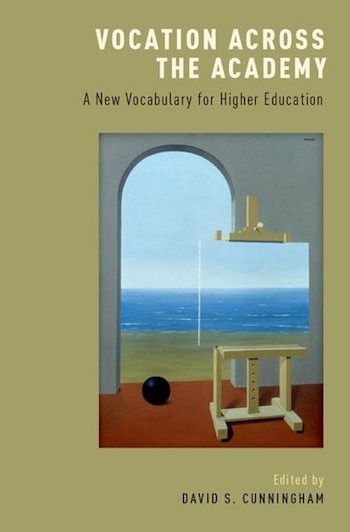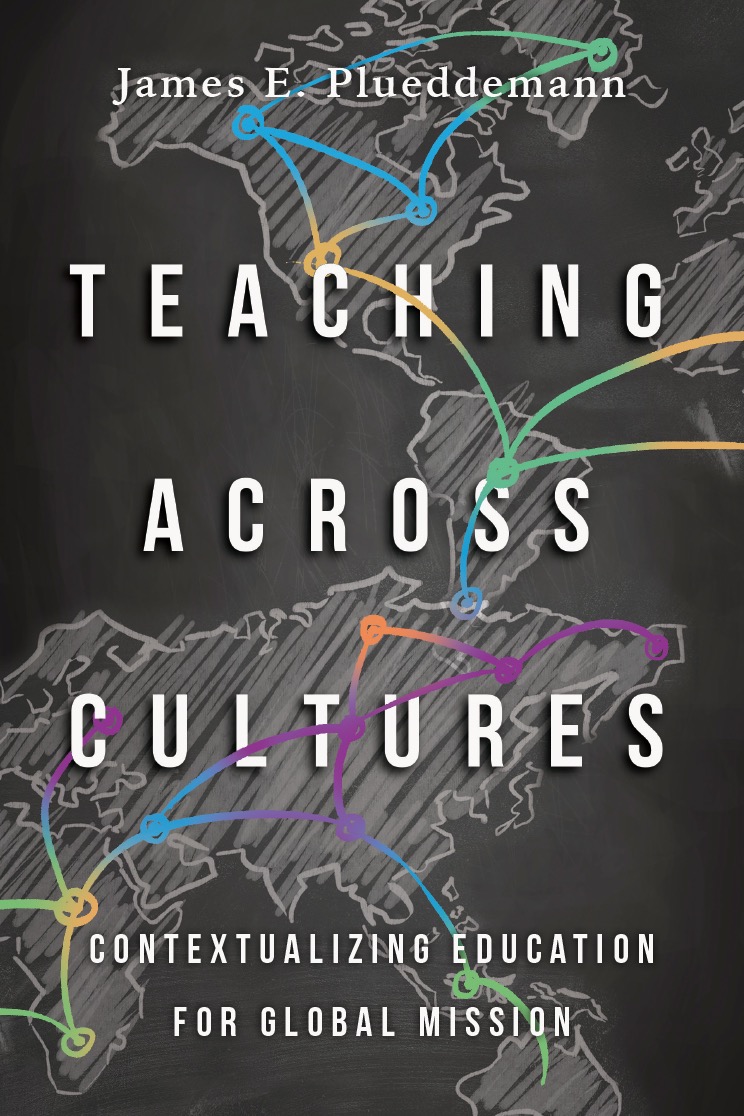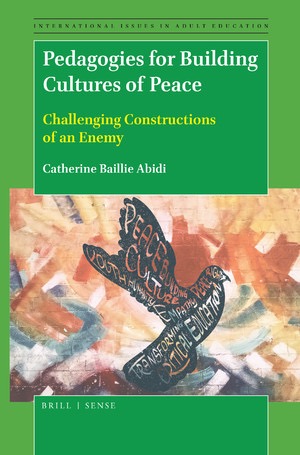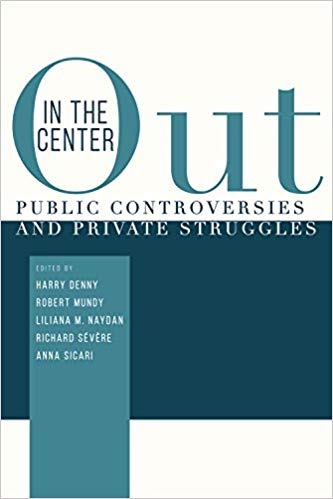Social media and the daily news both mark the continued normalization of violence. Given that one of the chief aims of liberal education is toward personal development and the attainment of civic responsibilities, the normalization of violence is a central issue with which twenty-first-century educators must grapple. To this end, Pedagogies for Building Cultures of Peace is a useful resource both for centralizing current research on structural and cultural violence and the concomitant dehumanization of the “other” (Chapters 1-4). Further, the book details the many benefits of engaging youth in structured critical dialogue about their experience and internalization of violence in many forms and leverages this dialogic strategy for the transformational aim of building peace and destabilization of structural violence (Chapters 5-9).
This book is a theoretical treatment of a specific dialogic experience examining the normalization of violence. It is evident that the experience was significant for the participants, and the detailed reporting of the participant dialogue helps make clear some ways in which structures of violence are normalized for these youth. However, as with qualitative research – the difficulty lies in transferability, specifically in the question of how generalizable the experience of these ten youth is for a broader audience. In part, this challenge could have been alleviated with a more detailed description of both the methods used in the dialogic process itself and by providing more information about the participants themselves. That difficulty aside, the central argument – that safe, collaborative, and critical dialogue functions as a viable pedagogical strategy for building real peace – is compelling, even if the author does not provide practical details for creating this type of dialogue or these types of spaces (a brief outline of the dialogic structure utilized does appear in Table 10.3).
Readers of The Wabash Center Journal on Teaching will find the final two chapters the most beneficial. These summarize the dialogue and extract pedagogical implications, which are supported by research in experiential learning, social constructivism, relational epistemology, and power analysis. Taken together, these chapters provide a robust theory that must inform teaching aimed towards peace. As Abidi observes, “education that neglects to challenge normalizations of violence, and the relations that maintain violence as an accepted norm in society, further reinforces unquestioned ideologies of the dehumanized other” (113). It is, therefore, no longer an option to say nothing about the normalization of violence in the classroom – rather collaborative critical conversation must be employed towards the end of peace.
